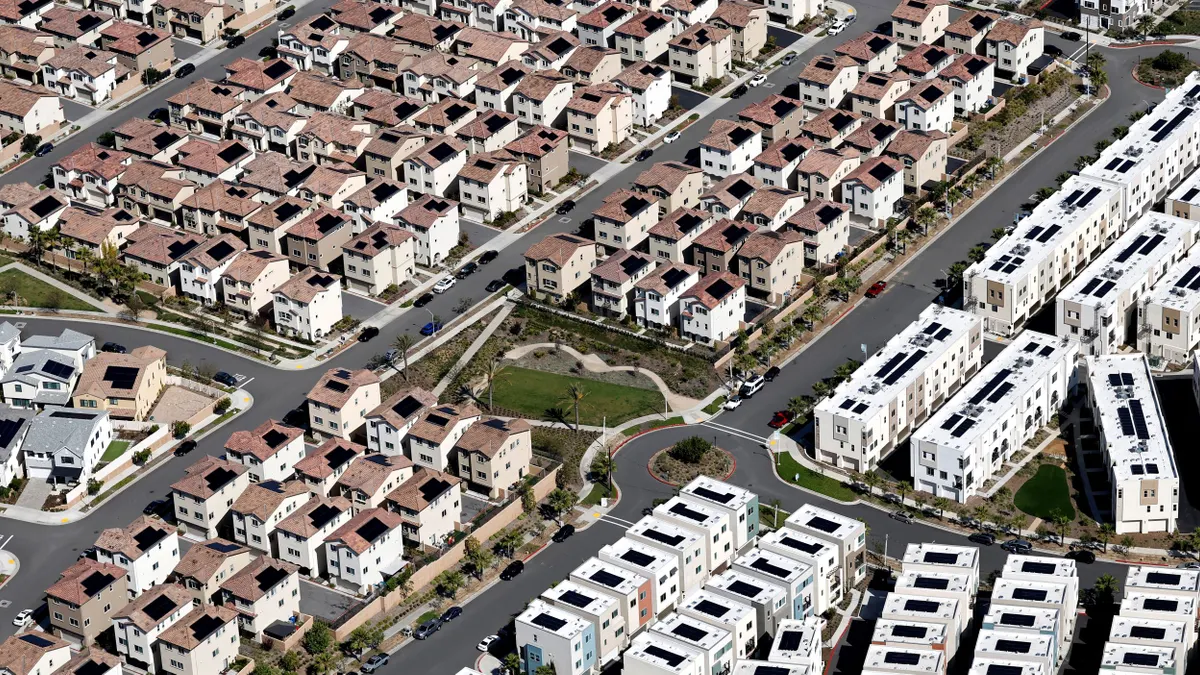Dive Brief:
- Nevada regulators this week adopted a framework for distributed resource plans that the state's investor-owned utilities will be required to file every three years beginning 2019 as part of an improved approach to evaluating necessary resources and grid upgrades.
- Clean energy advocates celebrated the milestone, citing the potential for Distribution Resource Plans (DRP) to utilize solar generation, energy storage and demand management to manage the grid more efficiently and reliably.
- While Nevada regulators are working to have utilities integrate more renewable and distributed resources, the state is also in something of a holding pattern until November. Voters will consider two ballot initiatives on whether to require electric utilities to source 50% of their electricity from renewable resources by 2030 and whether to eliminate energy monopolies.
Dive Insight:
Nevada will likely adopt more renewable energy no matter what voters choose in November, but the ballot initiatives have created uncertainty for utilities and other clean energy stakeholders.
Voting "yes" on Question 3 would create a constitutional amendment in Nevada to do away with regulated energy monopolies and minimize regulation on the energy market. The original idea behind the ballot initiative was to encourage more renewables development. However, NV Energy, which serves 2.4 million of the less than 3 million people in the state, proposed a measure that would double Nevada's renewable energy — but only if voters reject that measure.
Approval of Question 6 would increase the current utility requirement to get 25% of their electricity from renewables by 2025. Billionaire activist Tom Steyer helped fund this and a similar renewable energy initiative in Arizona, though the latter has met more controversy from regulated utilities.
At the same time, the state is working to integrate more distributed resources into its grid. Developing the DRP framework was a months-long effort, which advocates say resulted in a process that will include four major components:
- Load and distributed energy resource (DER) forecasting;
- locational net benefit analysis, to better site distributed resources;
- an assessment of grid needs to prioritize and screen projects addressing specific need;
- and a hosting capacity analysis to identify where DERs can be developed on the grid.
The Interstate Renewable Energy Commission (IREC), Vote Solar and Western Resource Advocates all participated in the development of the DRP framework. In a statement, IREC Regulatory Director Sara Baldwin Auck called it a "strong framework for Nevada’s distribution resource planning."
The groups say the four components will "operate in tandem" with the DRP.
"Each must function on its own as well as in conjunction with each other to ensure the DRP properly addresses identified grid needs with distributed energy resources and traditional resource solutions," the groups said.
The DRP framework was developed as part of efforts to implement SB 146, which called for an evaluation of the locational costs and benefits of distributed resources.















